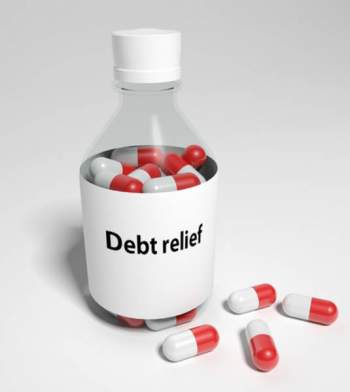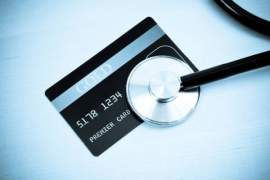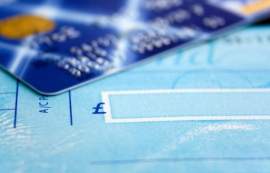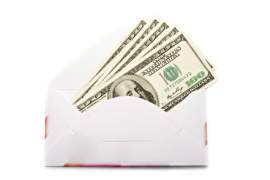
4 Facts About Credit Card Debt Relief

Related Forms
Schedule B - Personal Property
Schedule C - Property Claimed as Exempt
Schedule D - Creditors Holding Secured Claims
Schedule E - Creditors Holding Unsecured Priority Claims
Schedule F - Creditors Holding Unsecured Nonpriority Claims
Schedule G - Executory Contracts and Unexpired Leases
Schedule I - Current Income of Individual Debtor(s)
Schedule J- Current Expenditures of Individual Debtor(s)
Summary of Schedules (Includes Statistical Summary of Certain Liabilities)
List of Creditors Holding 20 Largest Unsecured Claims
Debtor's Certification of Completion of Instructional Course Concerning Financial Management
View All
Fact #1: What is Credit Card Debt Relief?
The process of Credit Card Debt Relief, which is commonly defined as ‘Credit Card Debt Adjustment’ is the financial procedure of structuring, developing, or organizing a strategic debt management plan fashioned in order to allow individual debtors the opportunity to achieve debt relief through the creation of supplemental activities and requirements concerning their outstanding debts; as its name suggests, the Credit Card Debt Relief procedure allows eligible debtors the opportunities to undertake repayment or relief efforts structured in order to meet their financial needs and abilities.
Fact #2: Warning Signs of Fraudulent Credit Card Debt Relief Programs
Credit Card Debt Relief through the undertaking of a credit card debt settlement allows an individual debtor to furnish a decreased, or fractioned amount of debt owed in lieu of the full amount owed; however, the stipulations latent within this type of settlement-based Credit Card Debt Relief may required individuals to undertake repayment at all at once in a lump sum.
However, fraudulent credit card debt relief programs exist; oftentimes, they may seem too good to be true with regard to their advertised offers:
The Credit Card Debt Relief ‘industry standard’ suggests that debtors be wary of credit card debt relief programs advertising upwards of a 70% reduction; such offers are considered to be largely fraudulent
While certain Credit Card Debt Relief or Adjustment programs making these claims may be legitimate, individuals are encouraged to seek professional counsel prior to engaging in any credit card debt relief program or opportunity
Fact #3: Bankruptcy can be a Choice
Credit Card Debt Relief through bankruptcy allows individual debtor to achieve debt relief through the filing of a bankruptcy claim; bankruptcy is defined as a financial stasis within which individuals have found themselves to be financially insoluble with regard to the outstanding debt in their possession. Although this measure of Credit Card Debt Relief may not be the most ideal in certain circumstances, subsequent to the undertaking of legal or financial counsel, an individual debtor may discover this type of Credit Card Debt Relief to be the most sensible and effective relating to their respective debts incurred.
Fact #4: Credit Card Debt Relief Settlements Payment Plans
While many Credit Card Debt Relief programs may require the furnishing of a lump sum payment considered to be reduced with regard to the original total amount required for repayment, the following payment schedules also exist:
Credit Card Debt Relief through a Standard Debt Settlement program provides for a standardized payment required for furnishing on a monthly basis on behalf of the individual debtor concerning the lending institution
Credit Card Debt Relief through an Extended Debt Settlement allows for an extension of the repayment period concerning the life of the loan itself the time of the loan, which typically results in the lessening of the required, scheduled repayment amount
Credit Card Debt Relief through a Graduated Debt Settlement provides for a variable repayment amount with regard to life of a defaulted loan
Credit Card Debt Relief through a Prorated Debt Settlement allows for debtors wages, earning, and income to serve as a determinant factor with regard to the establishment of repayment amounts



















